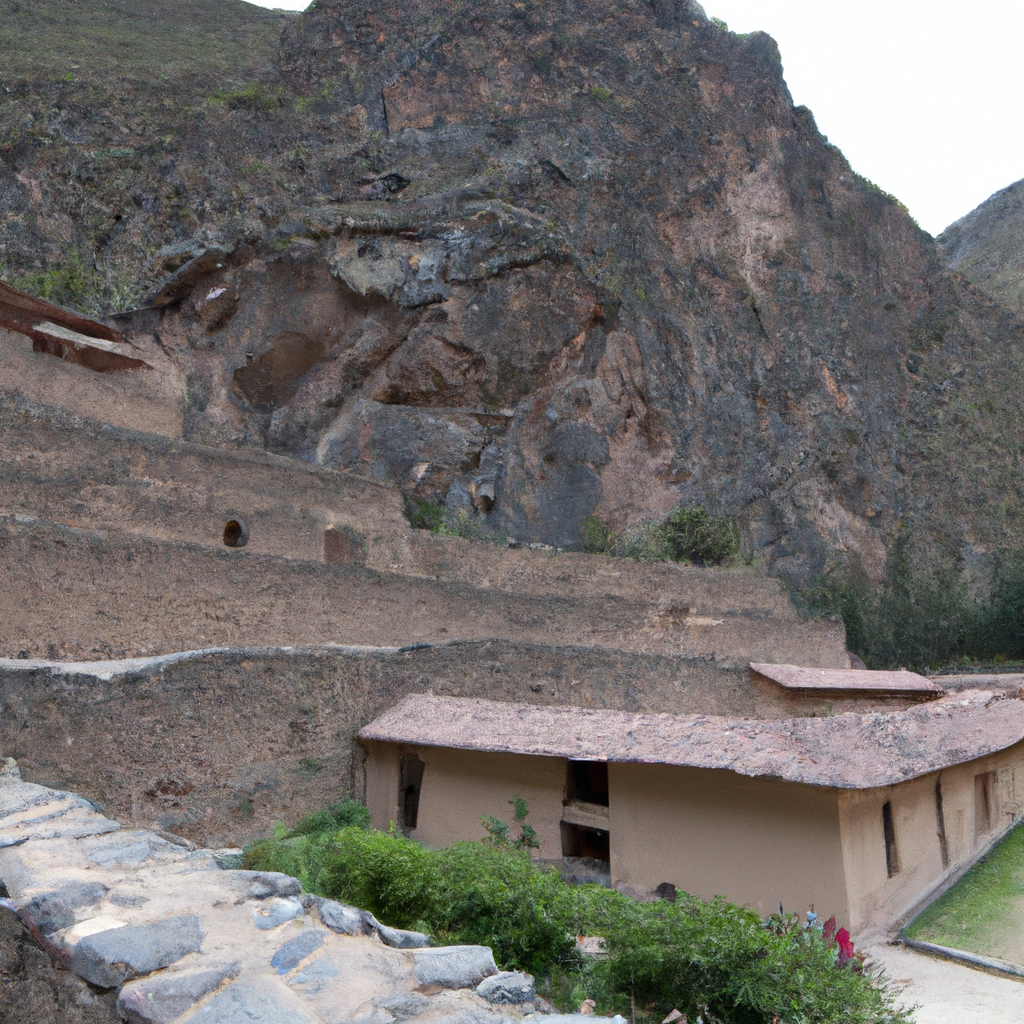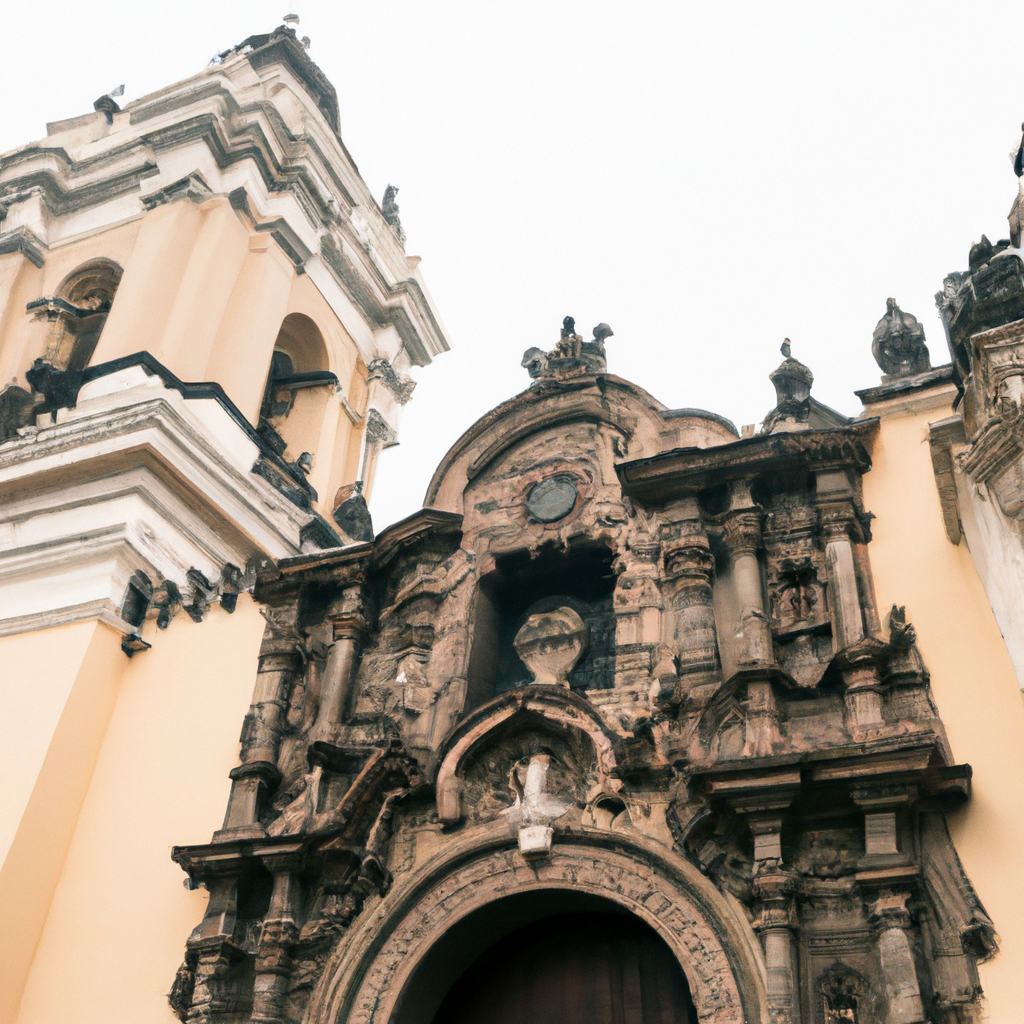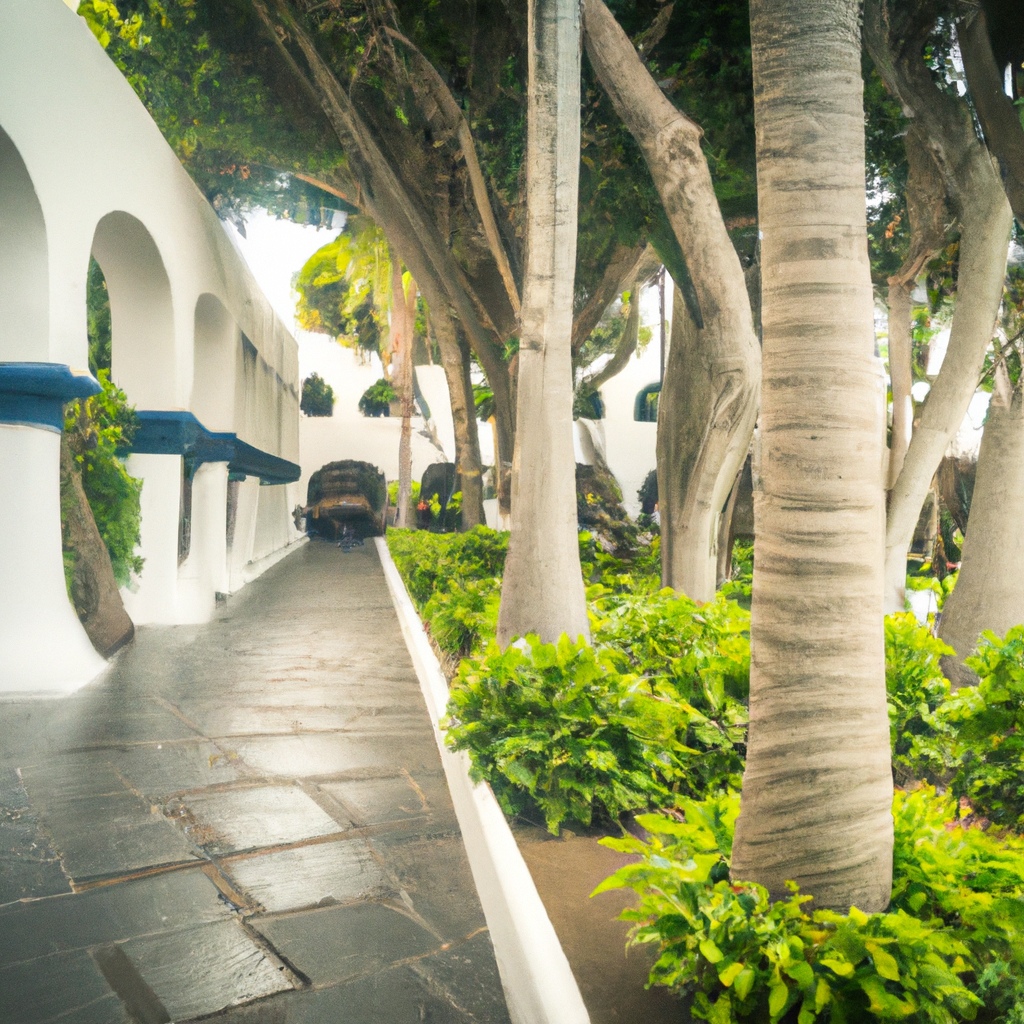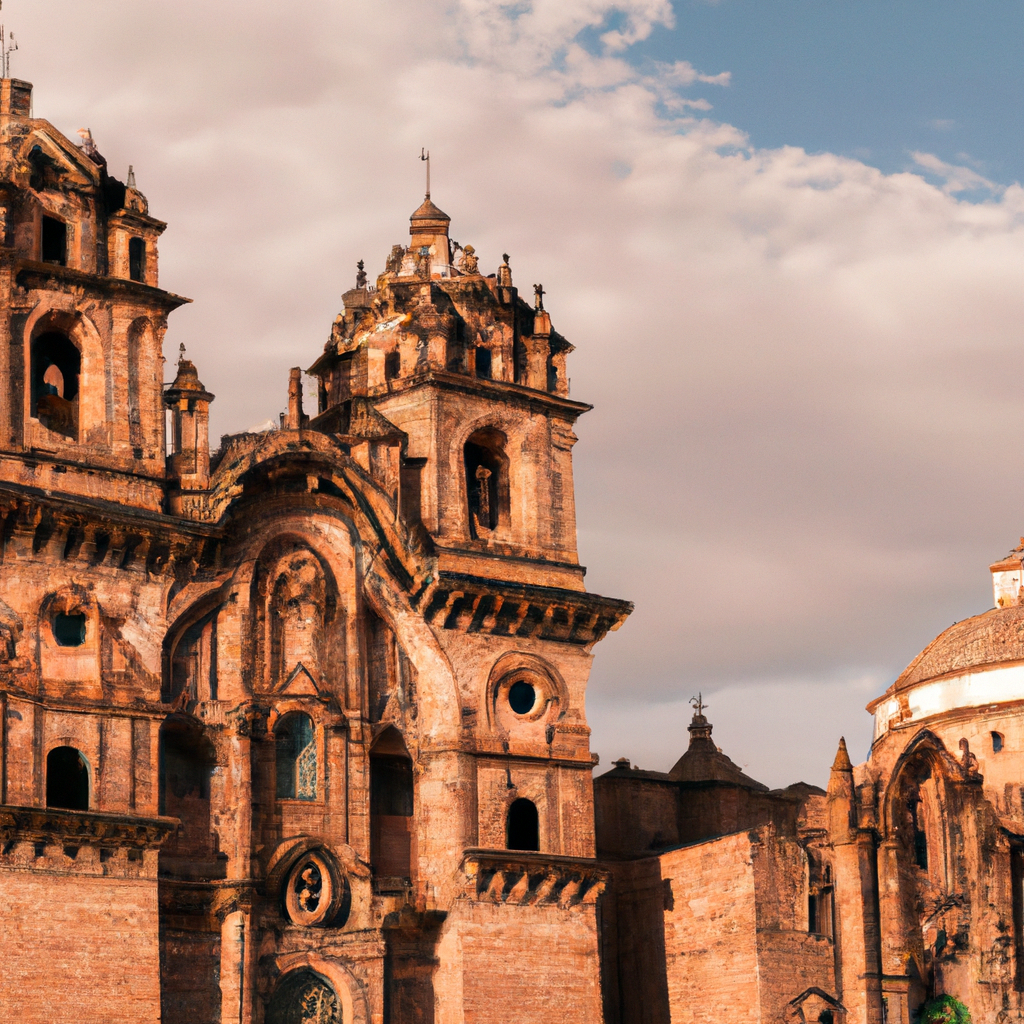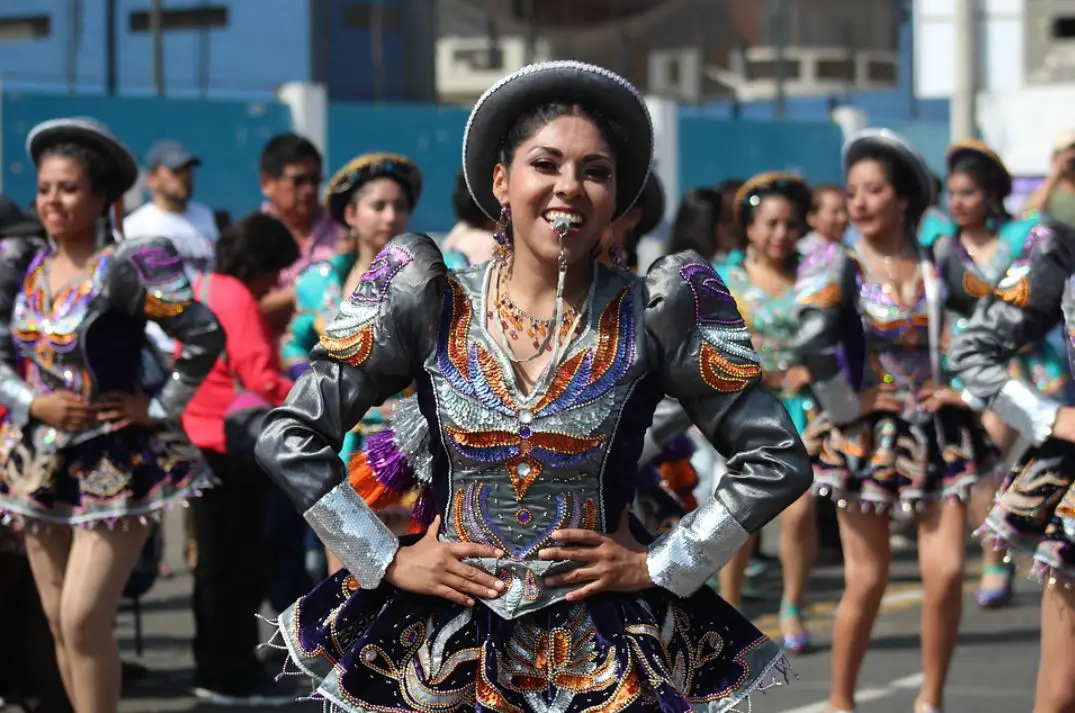Huaraz: Chavin de Huantar Archaeological Site In Peru: Overview,Prominent Features,History,Interesting facts
Overview:
Huaraz: Chavin de Huantar is an archaeological site located in the valley of the Mosna River in the Ancash Region of Peru. It is one of the oldest sites of the Chavin culture which was in existence from about 900 BC to 200 BC. The site was declared a UNESCO World Heritage Site in 1985. The main feature of the site is the huge temple complex, built from cyclopean masonry walls. Inside, there are a number of rooms containing artwork and sculptures, some of which are thought to be religious in nature. Amongst the artwork, the "Lanzón" is the most significant - a 6m tall monolithic sculpture, believed to be an important ritualistic statue of the culture. In addition, there are several smaller sculptures as well as evidence of commerce, agriculture, and metal working activities. The site is unique in its level of preservation and study of its ancient culture, making it an important pilgrimage site for many Peruvian visitors. It is one of the most beautiful monuments in Peru
Prominent Features:
1. Chavín de Huantar is an archaeological site located in the Ancash region of Peru. It is home to one of the most important centres of the Chavin culture from 900 BC to 200 BC. 2. This complex archaeological site consists of a main temple complex surrounded by smaller temples and plazas. It contains many carved stone figures and carvings that represent the Chavin culture. 3. The main temple, known as the Castillo de Huantar, was constructed in two stages. The first stage, around 900 BC, was a rough temenos, or sacred enclosure of stone. The second stage, around 400 BC, saw the construction of plazas and various smaller temples that form an integrated whole. 4. Huaraz is an important regional centre for tourism, boasting many natural attractions in and around the city. These include impressive lakes, lagoons, and rivers, as well as municipal parks and archaeological sites. 5. The archaeological site of Wilcahuaín, located in the mountain range of the same name, is another prominent cultural attraction in Huaraz. The site dates back to the pre-Inca Wari culture and consists of various architectural structures that are believed to have served for important religious activities as well as fortification. You can learn history, culture, and heritage through these magnificent monuments in Peru.
History:
The Chavin de Huantar archaeological site is located in the Ancash region of Peru and is believed to have been occupied from 900BC to 300BC by the Chavin people. This site is considered to be one of the earliest complex political, economic and religious centers in the Andes. It is believed to be the birthplace of the Chavin culture which spanned a vast area which included coastal Peruvian lowlands, mountain valleys and jungle regions. The first written references to Chavin de Huantar are found in chronicles from the 16th century and tell of a ceremonial place which was loomed by secret societies and that the gods of the ancient Andean people resided there. It was thought to be a place of pilgrimage. As archeological investigations began to take place, more information was uncovered about Chavin de Huantar and it became clear the site had a long and complex history. At the center of the site are the Great Temple and Old Temple, and in thesurroundings areas are the remains of other buildings. The structures in Chavin de Huantar form a complex system that includes fortified walls, underground passageways, and sunken circular plazas. The Old Temple holds a collection of art, and archaeoastronomical techniques used to construct the site have been uncovered. The Huaraz region, where Chavin de Huantar is located, has been inhabited for thousands of years. During the Archaic period, the Chavin culture had a profound influence on the region, and Huaraz was one of the most important political, economic and religious centers of the Chavin culture. While Huaraz did not have the same influence after the Chavin period, it continued to be an important political and religious center in the region. After the Spanish conquest in the 16th century, Huaraz became part of the Viceroyalty of Peru. The town was an important center of the independence movement that eventually lead to Peru's independence in 1821. Huaraz served as the capital of the Ancash region from 1824 until 1891 when itwas moved to Huari. Visit one of the famous monuments of Peru with your friends and family.
Interesting facts:
is located in the region of Ancash, just 18 km of Huaraz; There's a famous Lake Parón which is one of the most popular tourist attractions near Huaraz; The Cordillera Blanca, a mountain range known for its snow-crowned peaks and crystal-clear lakes, is located near Huaraz; The Sanctuary of Churup, a place of religious and historical significance, is located near Huaraz; Huaraz is the Land of the Chankas, one of the oldest Andean civilizations; The city of Huaraz hosts multiple festivals and events throughout the year, including the Snow Festival in June, the Chankas Festival in August, and the Fiesta Huaraz in October. One of the historical monuments of Peru, it tells the story of a bygone era
Explore Peru most popular tourist destination with us. Huaraz: Chavin de Huantar Archaeological Site In Peru: Overview,Prominent Features,History,Interesting facts,which is 35.14 km away from Peru main town, is the most popular destination to add in your travel wishlist.
-
City:
Peru
-
state:
The state name of Huaraz is Ancash.
-
country:
Peru
-
country code:
PE
-
postcode:
350033
Location:
The state name of Huaraz is Ancash. Peru

